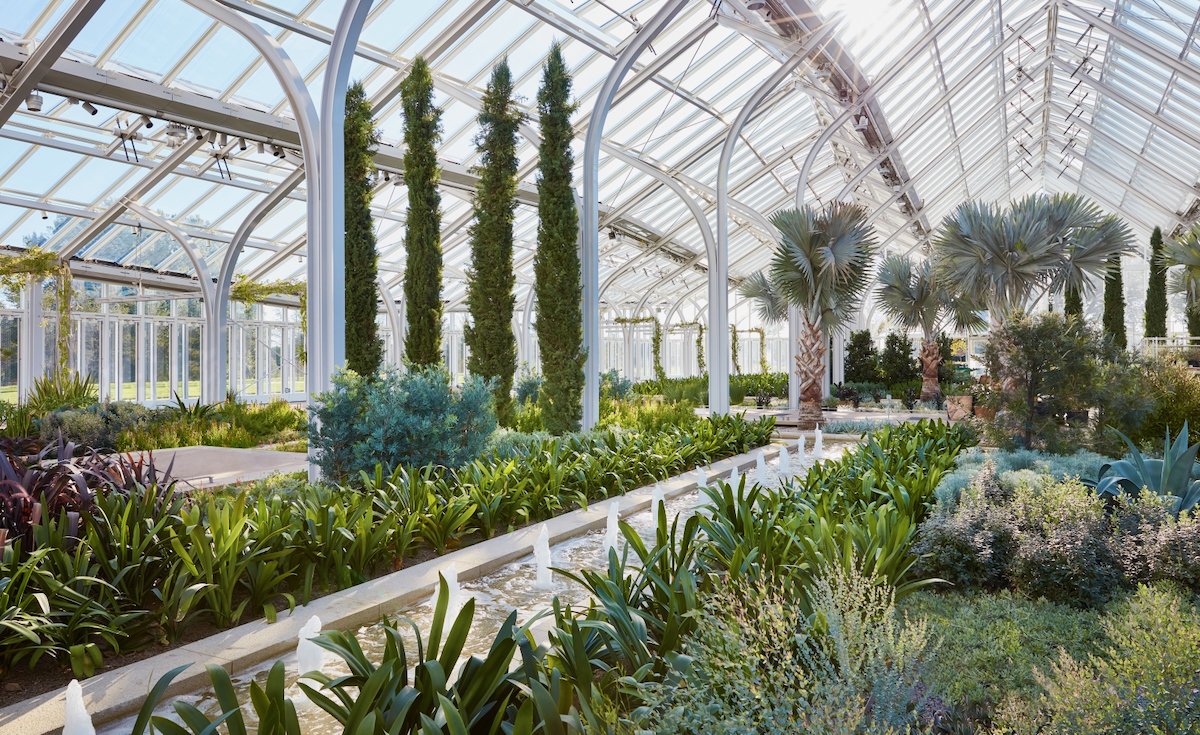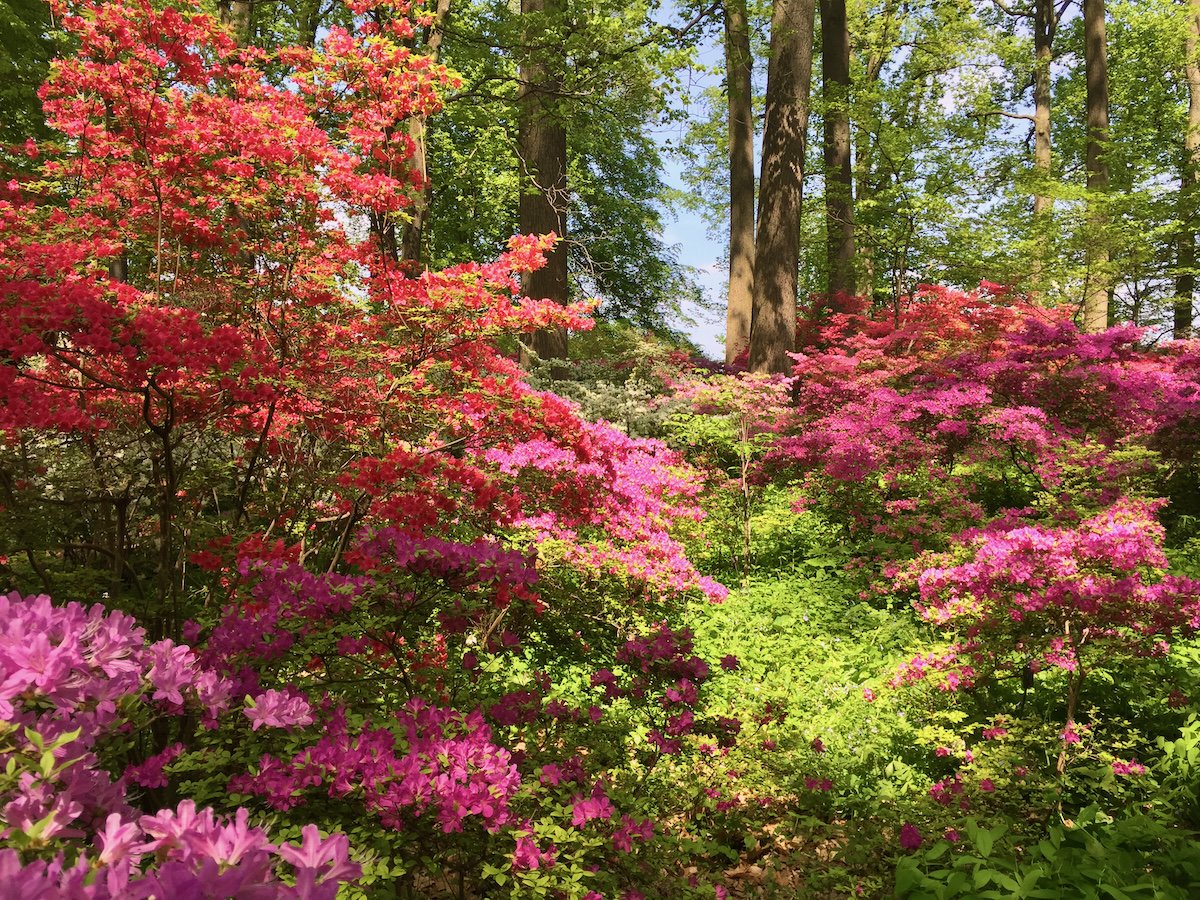Heather Garden in Fort Tryon Park
/The three-acre Heather Garden is the crown jewel of Fort Tryon Park with a stunning 600-foot perennial border punctuated with heaths and heathers as well as other flowering trees and shrubs. It began as the vision of John D. Rockefeller who collaborated with the Olmsted Brothers to create a picturesque park overlooking the Hudson River.
During the 19th and early 20th centuries, Fort Tryon was home to several beautiful estates. Rockefeller began acquiring these estates as they came up for sale, gradually assembling 67 acres that he gave to the city for a public park. Rockefeller hired the illustrious Olmsted Brothers firm to design Fort Tryon Park in their signature picturesque landscape style that would preserve the spectacular vistas of the Hudson River and the Palisades. The Heather Garden was to be a distinct area of beauty within the park, built into the side of a rocky ridge. Low-growing heather was chosen as the predominant plant so it would not obscure the views. The site provided many challenges with its steep, rocky topography and thin soil. It took four years to transform it into a manicured landscape with promenades, stone retaining walls, terraced wooded slopes, lush gardens, and eight miles of paths for pedestrians.
Since its completion in 1935, the park has been restored several times. The latest renovation of the Heather Garden was completed in 2010 by landscape designers Lynden B. Miller and Ronda M. Brands. The result is a spectacular flower garden with 550 varieties of plants.
The garden is bisected by a central path. On one side is the perennial border with old-world roses, historic azaleas, hydrangeas, and other flowering shrubs that provide year-round structure for the ever-changing tapestry of perennials. On the other side of the path is the heather bed, anchored by several historic yews and a massive Siberian elm. More than 30 varieties of heaths and heathers hark back to the garden’s original design. They are set amidst companion plantings of perennials, conifers, and ornamental trees. The topography and plantings vary from rocky slopes hosting delicate alpines to meadow-style plantings of sun-loving perennials.
In the spring, flowering dogwoods, rhododendrons, and azaleas complement peonies, candytuft, Siberian irises, poppies, and salvias. Summer brings on yarrows, hibiscus, globe thistles, roses, catmint, and astilbes. Butterfly weeds, red hot pokers, black-eyed Susans, and coneflowers provide food for pollinators. In the fall, dramatic color arrives with spectacular fall foliage and the blooms of asters, anemones, stonecrops, and hydrangeas. Throughout the seasons, foliage plants like purple smoke bush and heuchera provide long-lasting pops of color while clematis, hyacinth bean, and other vines trained on teepees add vertical interest.
Featured in The Garden Tourist’s Mid-Atlantic.
Heather Garden, Fort Tryon Park, Center Path, New York, NY 10040, 212-795-1388, forttryonparktrust.org
Hours: Daily 6 am–1 am Admission: Free
You Might Also Like



















